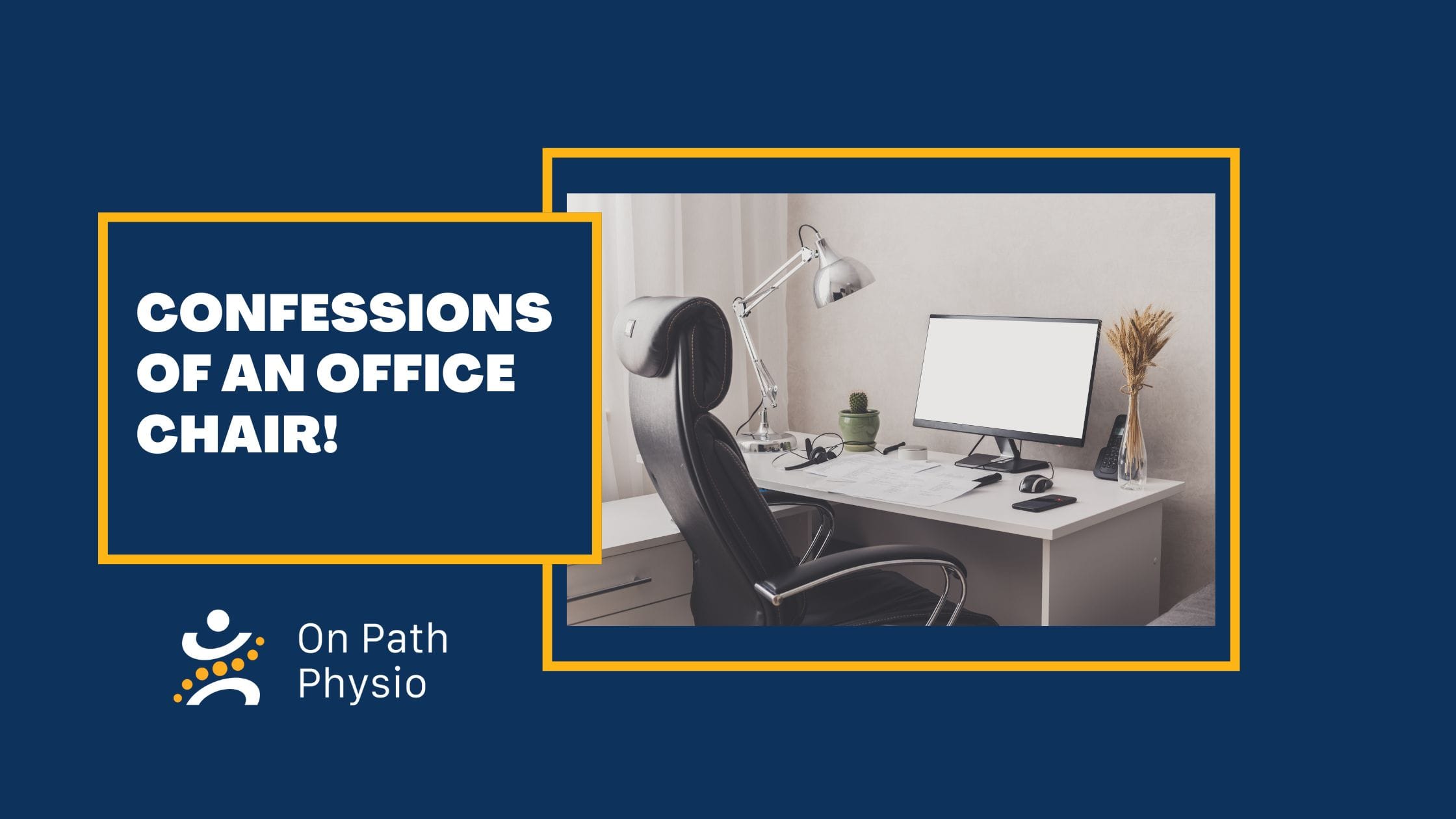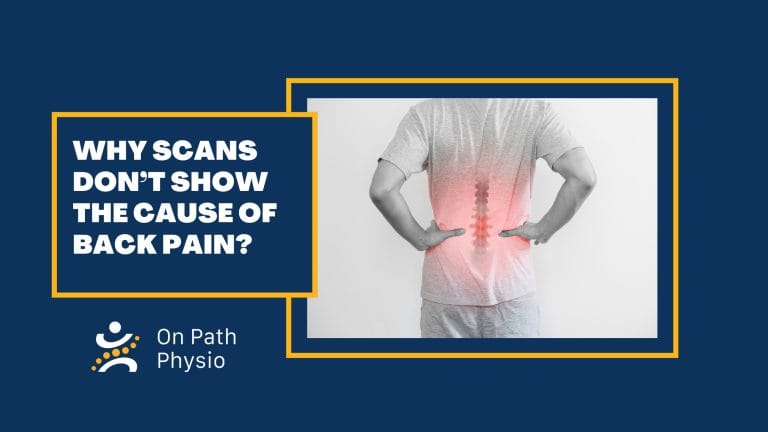When shopping for an office chair, many people fall into the same trap they choose the chair that feels the most comfortable in the moment. While that plush, cushy chair might seem like the obvious choice, it could be doing more harm than good in the long run.
Here’s the truth: comfort doesn’t always equal support, and the way we work should be a key factor in the chair we choose.
What to Look for in an Office Chair
Ideally, a good office chair should offer a balance between comfort and ergonomic support. That means:
- A seat that’s comfortable to sit on for extended periods
- Fully adjustable features especially seat height and backrest tilt
- Optional wheels, depending on your workspace needs
But here’s where things get controversial: the backrest.
High-back chairs are often seen as luxurious and supportive and yes, they can be but only if used properly. And that brings us to how we use our chairs throughout the workday.
Understanding How You Sit
Let’s break down some common ways we interact with our chairs and how you can improve your posture and reduce discomfort.
Tip 1: Typing Posture Matters
When you’re typing, you’re likely leaning slightly forward. This posture engages your lower back muscles, as they’re working to hold your torso up without relying on the backrest. Over time, this can lead to fatigue and stiffness and that unpleasant feeling when standing up after a long typing session.
Quick Fix: Be mindful of your posture and take regular breaks. Consider using a chair that allows subtle forward tilt or lumbar support to assist your lower back.

Tip 2: Take Advantage of the Backrest Strategically
When your lower back starts feeling tired or sore, that’s when you should lean back and let your chair support you. The backrest is there to give your muscles a break.
But don’t stop their movement is key. To prevent stiffness, regularly stand up and gently arch your back. This helps loosen the joints in your lumbar spine and keeps everything moving.
Try This: Every hour or so, stand up and do a simple back extension stretch hands on your hips, and slowly lean back for 5–10 seconds.

Tip 3: Laptops and Laps Not Always a Great Combo
Many of us use laptops at a dining table, couch, or even in bed rarely with ideal posture. Over time, this can contribute to back, neck, and shoulder tension.
What Can Help: Daily mobility exercises can ease most of the stiffness and discomfort from poor sitting habits. And if the pain persists or becomes more than a daily annoyance, it’s time to check in with a professional.

Final Thoughts
The best office chair for you isn’t the one that feels like a recliner it’s the one that supports your body based on how you work. Pay attention to how you sit, mix in movement throughout the day, and don’t be afraid to ask for help if pain becomes persistent.
Need guidance on posture or ergonomic setup? Reach out to your local On Path physiotherapist for expert advice tailored to you.




